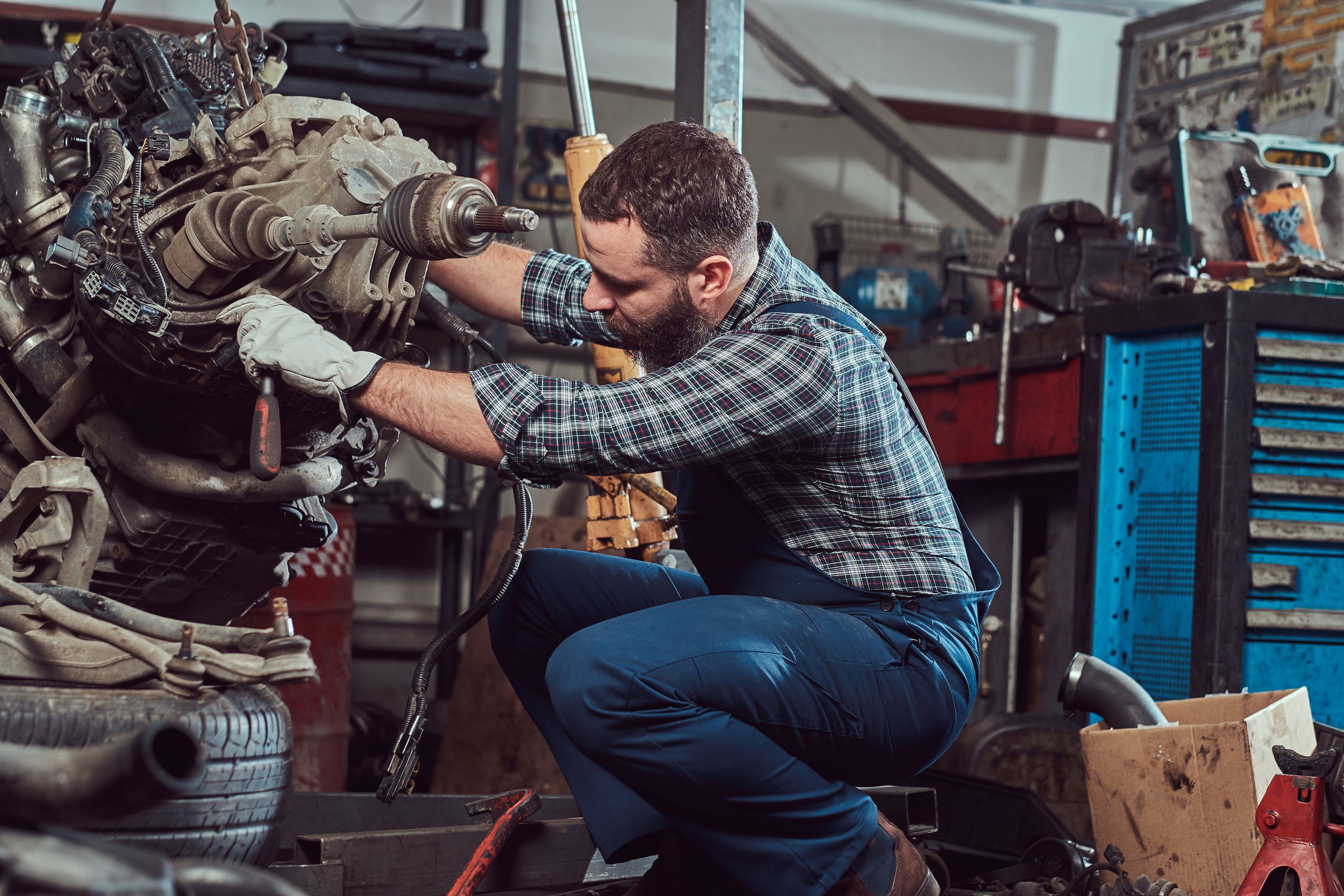How to avoid Engine swap disasters
Undertaking an engine swap is a lot of fun but there can be some traps for young (and old) over-enthusiastic players. From dropping loaded engine cranes onto cars, to rushing the swap and improperly mounting the engine, these are silly mistakes often made in haste, so read on and try to avoid these issues next time you cram an RB26DETT into a Leyland Marina.
Keep your work space clear
Rolling an engine crane around a shed is tricky enough once it’s got a big, swinging lump of expensive metal hanging off it, so don’t make life any more difficult for yourself by leaving tools, rubbish, rags, or other junk in the way. It might be hard to believe but I’ve seen fully loaded engine cranes tip over (damaging a car and breaking the engine block) from people shoving them through a bunch of tools on the workshop floor.
Can you afford this project?
Budgeting for a project doesn’t sound fun, but what is less fun is wasting tens of thousands of dollars slaving away on a car when you can’t really afford it and wind up selling the half-completed project off for a pittance. Buying the engine and the car to put it in is not even a fraction of the way to finishing a swap. You need to wire it, plumb it, fill it with fluids, budget for road worthiness checks and more. I will have a story on how to budget for an engine swap up soon which will hopefully help.
Is your swap road legal?
It seems basic, but have you checked whether this engine swap is able to be registered in your local area, without going through massive hurdles to make it so? I’ve seen countless projects abandoned because the over-enthusiastic person spent ages and tens of thousands of dollars building a cool car, only to not be allowed to road-register it, or have it defected off the road shortly after it was finished, and this could have been avoided with a little due-diligence.
Measure twice, cut once, then measure again
Make sure you don’t have Broken Calculator Syndrome by triple-checking your measurements, ESPECIALLY when it comes to engine placement. Scribing marks onto areas where you want to make mounts, or using paint pens with lurid colours are a great way to ensure you can triple-check your work, and putting “cut this side of the line” on pieces you’re cutting out will help avoid mysteriously ending up short.
Double-check the engine and all its ancillaries (including exhaust & intake manifolds) have space
The very general rule of thumb is you need a MINIMUM of 10mm clearance around your entire engine from any other part of the car - bonnet (hood), chassis rails, crossmember, firewall, the random goat called Normal who lives inside your inner guard… When you mock the engine up try to have as many accessories on it as possible so you know the front drive (alternator, water pump, etc) will work, the transmission will fit, the headers won’t interfere with your steering or chassis rails, and the intake manifold won’t bash your bodywork.


